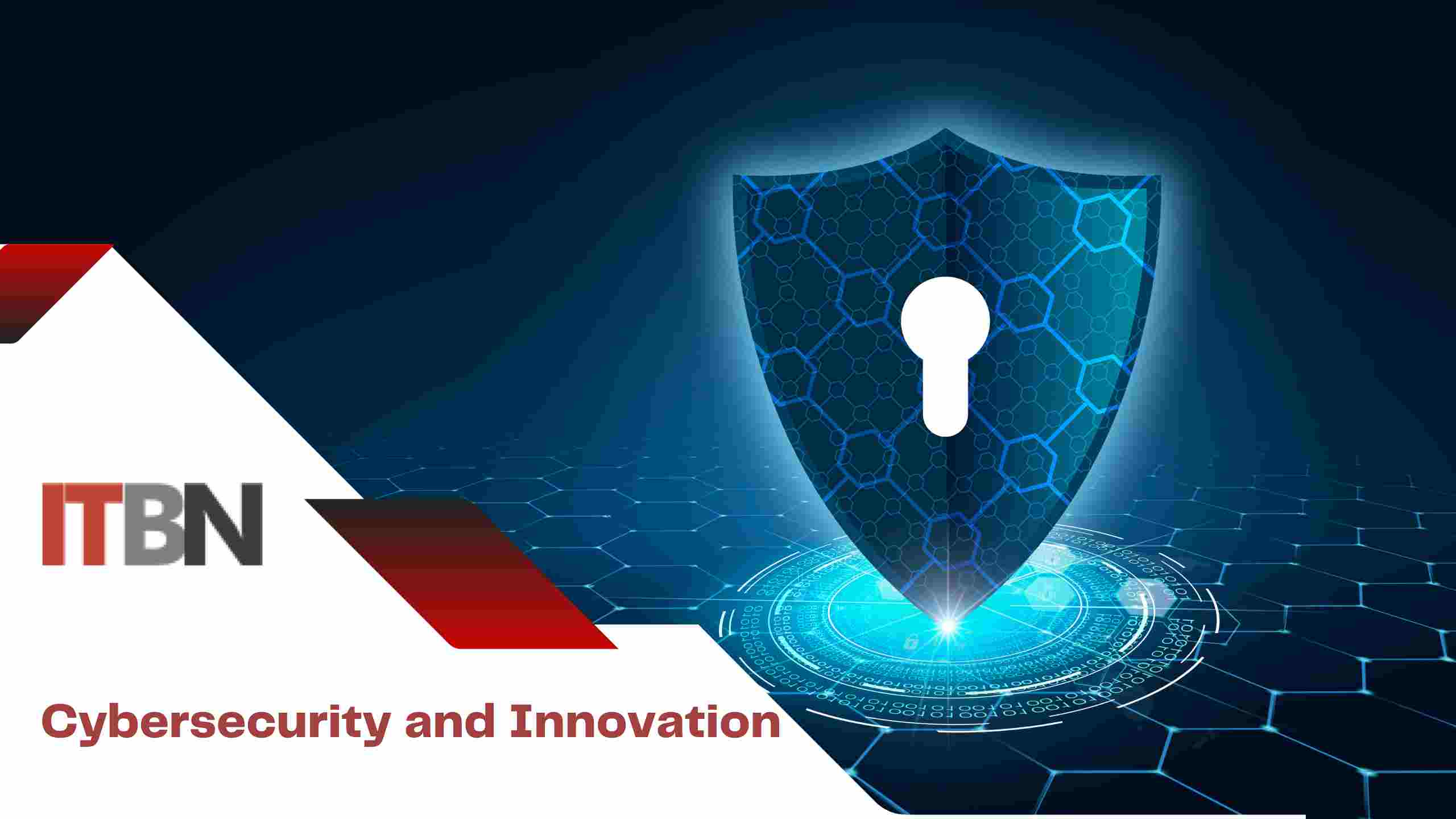Cybersecurity and Innovation

Security has become a top priority for organisations of all sizes as technology advances, the world becomes more connected, and data becomes more valuable. Simultaneously, innovation is causing significant changes in how we live and work, providing new opportunities and challenges for businesses and individuals. In this article, we will look at the connection between cybersecurity and innovation, and how these two areas are shaping the digital world’s future.
In today’s world, the value of cybersecurity cannot be overstated. Everyone, from small businesses to large enterprises, is vulnerable to cyberattacks, which can result in data breaches, financial losses, and reputational damage. To protect their systems and data, businesses must adapt to new threats and vulnerabilities.
Simultaneously, innovation is causing significant shifts in how we live and work. Technology is changing the way we do business and interact with the world around us, from cloud computing and artificial intelligence to the Internet of Things and blockchain. These advancements provide significant opportunities for businesses to improve their operations, increase efficiency, and provide better products and services to customers.
These opportunities, however, bring with them new challenges. Organizations must consider the cybersecurity risks associated with new technologies and systems as they adopt new technologies and systems. The Internet of Things (IoT), for example, provides significant advantages in terms of automation and data collection, but it also introduces new vulnerabilities that hackers can exploit.
To address these challenges, organisations must take a proactive cybersecurity approach that takes into account the risks associated with new technologies and innovations. Instead of treating cybersecurity as an afterthought, this approach involves incorporating it into the design and development process of new systems and applications.
The concept of “security by design” is one of the key ways in which cybersecurity is being integrated into innovation. Rather than adding security features as an afterthought, this approach involves building them into products and services from the start. Organizations can reduce the risk of vulnerabilities being exploited and ensure data and systems are protected from cyberattacks by designing products and services with security in mind.
Another way to incorporate cybersecurity into innovation is through the use of artificial intelligence (AI) and machine learning (ML). These technologies enable organisations to detect and respond to cybersecurity threats in real time, allowing them to quickly identify and mitigate potential attacks. AI-powered security systems, for example, can analyse network traffic to detect suspicious activity and alert security teams to potential threats.
Blockchain technology is also being used in novel ways to improve cybersecurity. Blockchain is a decentralised ledger that allows parties to conduct secure, tamper-proof transactions without the use of intermediaries. Organizations can reduce the risk of cyberattacks and data breaches by using blockchain to secure transactions and data. Blockchain, for example, can be used to secure supply chains and financial transactions.
Changes in the delivery and management of cybersecurity are also being driven by innovation. Cloud computing, for example, provides significant scalability, cost-effectiveness, and flexibility benefits. It does, however, introduce new cybersecurity risks that must be managed. To address these challenges, cloud providers are providing more robust security features, such as encryption and access controls, to protect their customers’ data.
Another innovation that is altering the cybersecurity landscape is managed security services. These services allow businesses to outsource their security operations to third-party providers, who can provide a higher level of expertise and resources than many businesses can provide in-house. Threat monitoring, incident response, and vulnerability management are examples of managed security services.
Innovation is also driving changes in the cybersecurity workforce. As cybersecurity threats become more complex, organizations are struggling to find the skilled professionals they need to protect their systems and data. To address this challenge, new education and training programs are being developed to prepare the next generation of cybersecurity professionals. These programs focus on teaching the skills



